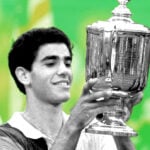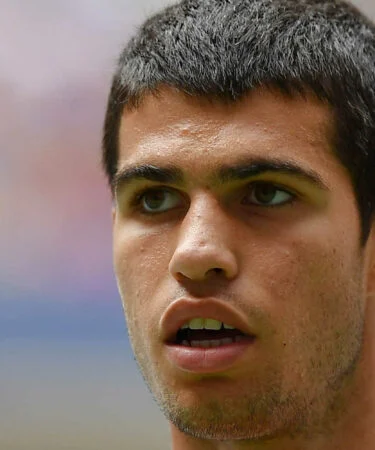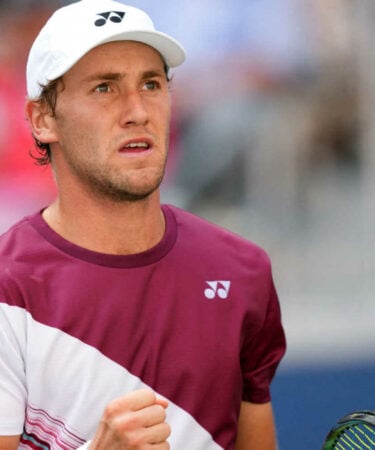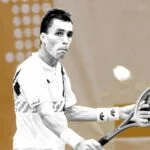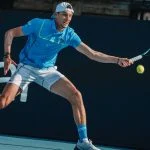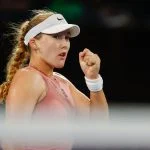History in more ways than one: Alcaraz-Ruud – six stats that illustrate the craziness of their US Open final
In addition to having thwarted most experts, the men’s final of the US Open between Carlos Alcaraz and Casper Ruud, this Sunday evening will also surprise the stat geeks
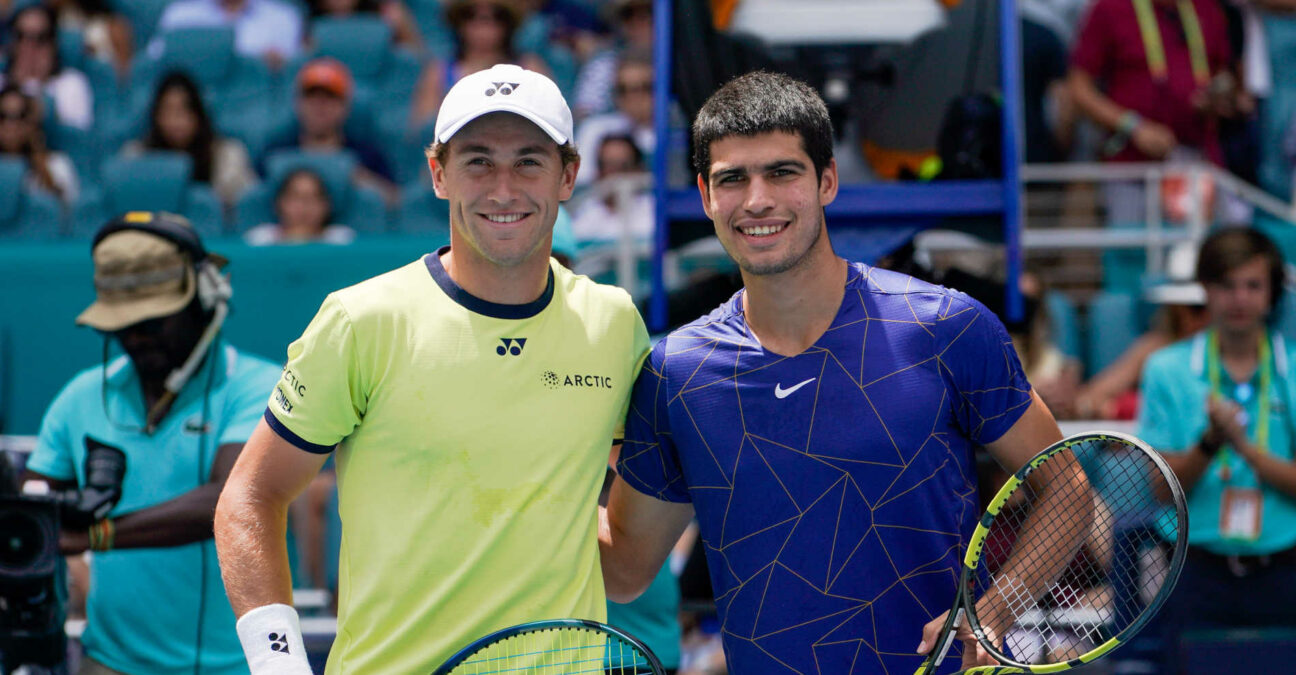 Casper Ruud, Carlos Alcaraz, Miami 2022 | © Icon SMI / Panoramic
Casper Ruud, Carlos Alcaraz, Miami 2022 | © Icon SMI / Panoramic
Alcaraz-Ruud: The first Grand Slam final between two players in which the winner will become world No 1 for the first time
A once in a lifetime occasion in Queens… Let’s make it clear because it has happened in the past that a major final was decisive for the conquest of the ATP’s top ranking – but never like this. We think of the 1990 Wimbledon final between Stefan Edberg and Boris Becker, won by the Swede 6-4 in the fifth. The difference is that Edberg had to wait a few weeks before ascending the throne. Moreover, neither of the two men was then playing his first Grand Slam final, which will be the case between Carlos Alcaraz and Casper Ruud.
In reality, in the history of the ATP rankings (since 1973), it has never happened that a player becomes world number one the day after his first major title.
On Sunday in Arthur Ashe Stadium, the two protagonists will make history, but which one?
If it’s Alcaraz, he will become the youngest world number one in history! If it is Ruud, he will be the first Norwegian No 1and he will also break a record by establishing the biggest progression to the throne (from No 7 to No 1 in one leap).
The only certainty: the winner will be the 28th man to hold the ATP’s No 1 ranking…
Alcaraz-Ruud: First Grand Slam final between two players going for No 1 since the 1988 US Open
To find traces of a major final having as an “additional” attraction the world No 1 ranking between the two finalists, we must go back to the US Open 1988 between Ivan Lendl and Mats Wilander.
There is a slight difference, compared to the scenario mentioned above: at the time, Lendl was already the holder of the No 1 spot. By losing this final, which remains the longest in the history of the tournament (4h 54mins, tied with that between Andy Murray and Novak Djokovic in 2012), he was overtaken by his Swedish rival, who for his part, became No 1 for the first time.
Alcaraz-Ruud: First US Open final that will lead to a change of hands at No 1 since 2003
To close the chapter on the No 1 ranking, let’s finally specify that Sunday’s final will mark the first time since 2003 that the tennis world will wake up the day after the US Open with a new king atop the ATP rankings.
That year, it was Juan Carlos Ferrero who took the lead, despite his loss in the final against Andy Roddick. It will not have escaped anyone, especially those who believe in signs: “El Mosquito” is now the coach of Carlos Alcaraz…
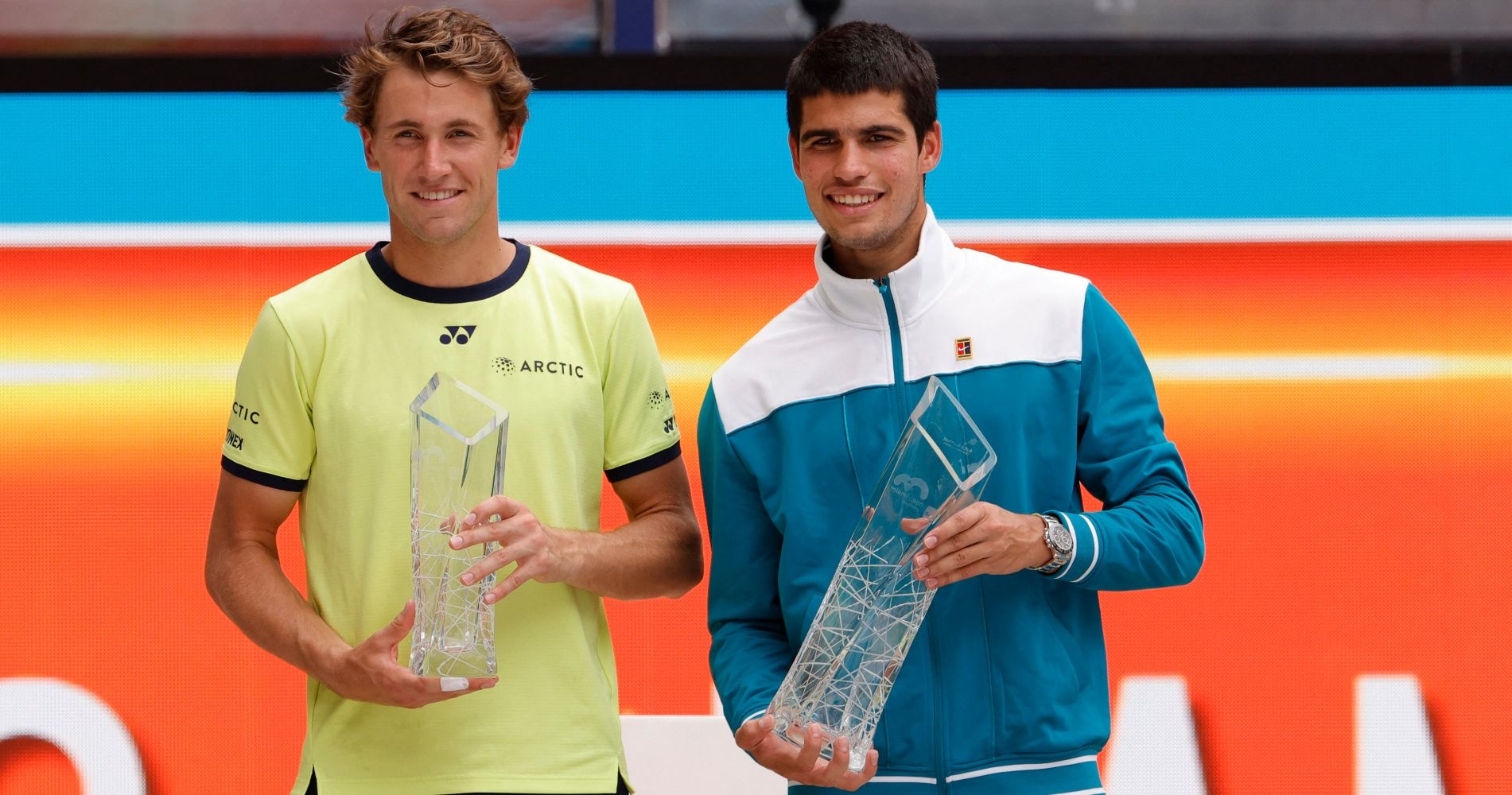
Alcaraz-Ruud: Only the fourth major final since 2005 between two men who have never won a Grand Slam title
Kept on the outside looking in by the Big 3 (and even the Big 4) for more than 15 years, Grand Slam finals have not presented many opportunities for glory to others players. Thus, since 2005, it is only the fourth major final that will feature two players who have never claimed a Grand Slam title before.
It is interesting to note two of them also took place at the US Open, in 2014 (Marin Cilic–Kei Nishikori) and in 2020 (Dominic Thiem–Alexander Zverev), the latter in the context of a closed-door tournament and when the compacted calendar had convinced the defending champion, Rafael Nadal, to skip the tournament. The third was the 2008 Australian Open final between Djokovic and Jo-Wilfried Tsonga.
Otherwise, we have to go back to 2005 and the Roland-Garros Nadal-Mariano Puerta final to find such a scenario. Before this date, which therefore corresponds, roughly speaking, to the beginning of the Big 3 era, it was more commonplace.
Here are, since the beginning of the 21st century, the nine Grand Slam finals between two “newbies”:
- Alcaraz-Ruud, US Open 2022
- Thiem-Zverev, US Open 2020
- Cilic-Nishikori, US Open 2014
- Djokovic-Tsonga, Australian Open 2008
- Nadal-Puerta, Roland-Garros 2005
- Gaudio-Coria, Roland-Garros 2004
- Ferrero-Verkerk, Roland-Garros 2003
- Federer-Philippoussis, Wimbledon 2003
- Costa-Ferrero, Roland-Garros 2002
Alcaraz-Ruud: The second-youngest men’s final in US Open history
Aged 19 and 23 respectively (42 years in cumulative age), Carlos Alcaraz and Casper Ruud will play what will be the second youngest final in the history of the US Open (since the beginning of the Open Era).
The record belongs to Pete Sampras and Andre Agassi, aged 19 and 20 (39 years in total) during their final in 1990. A champion, more precisely at the age of 19 years and 28 days, Sampras remains the youngest winner of the US Open. Alcaraz (19 years and 4 months) cannot beat this record. But he will console himself by becoming only the second teenager to reach the final of the US Open, and the first in a Grand Slam since Rafael Nadal at Roland-Garros in 2005.
All Grand Slams combined, the last younger major final was that of Wimbledon 2002 between Lleyton Hewitt (21) and David Nalbandian (20).
Alcaraz-Ruud: Only the second US Open final since 1990 in which the two men have not beaten any top 10 players along the way
This is not necessarily a statistic that does justice to their magnificent performances in New York. But it’s a fact: Carlos Alcaraz and Casper Ruud did not beat a single player in the top 10 to reach the final. The strongest player beaten by the Spaniard is Jannik Sinner (13th), the top-ranked opponent beaten by the Norwegian is Matteo Berrettini (14th), both in the quarter-finals.
Since the creation of the ATP Tour in 1990, this scenario had only happened once at the US Open, in 2017 (Nadal against Kevin Anderson) and twice at Wimbledon (1997, 1998).





